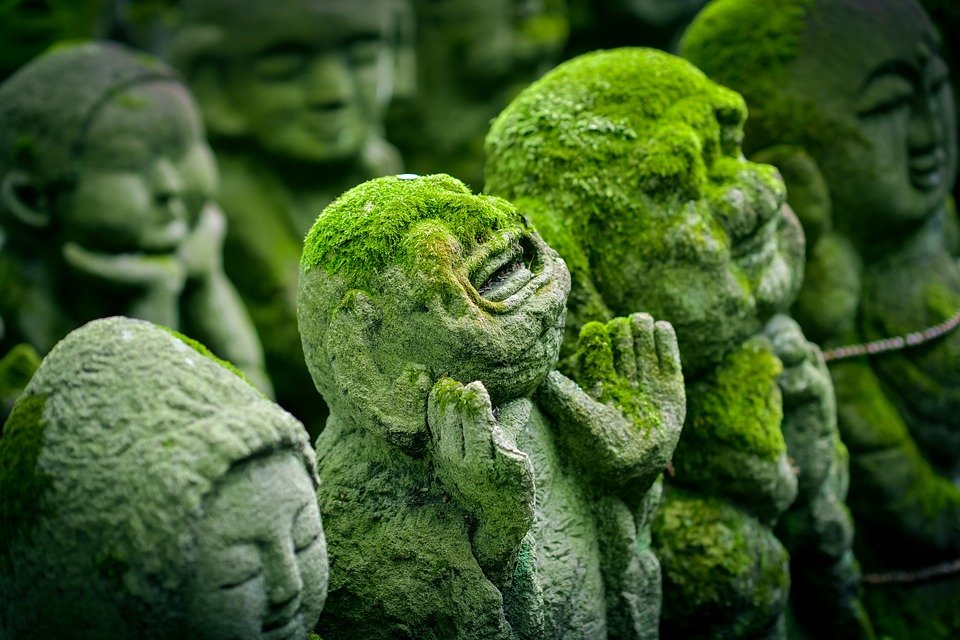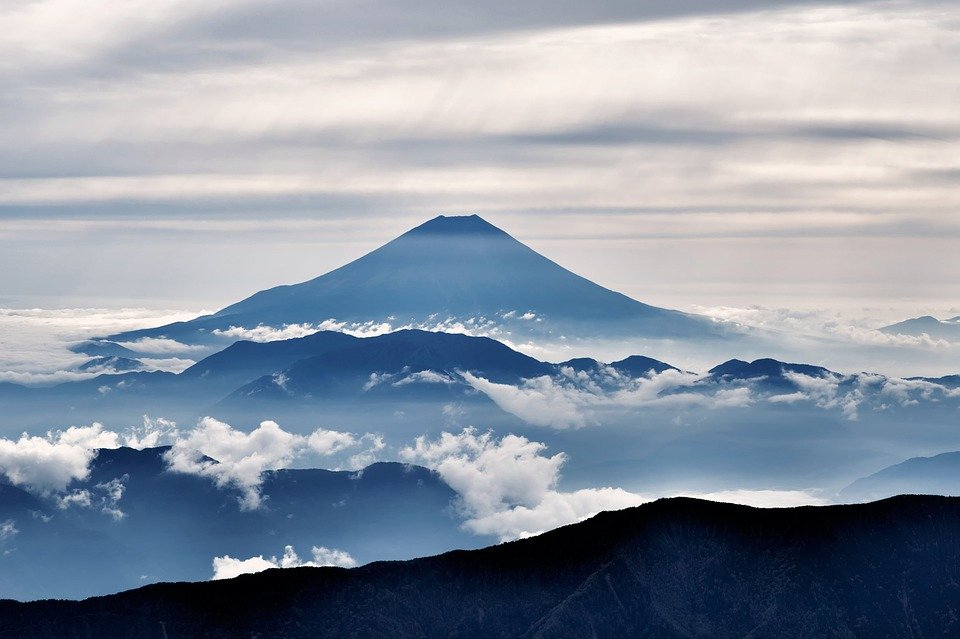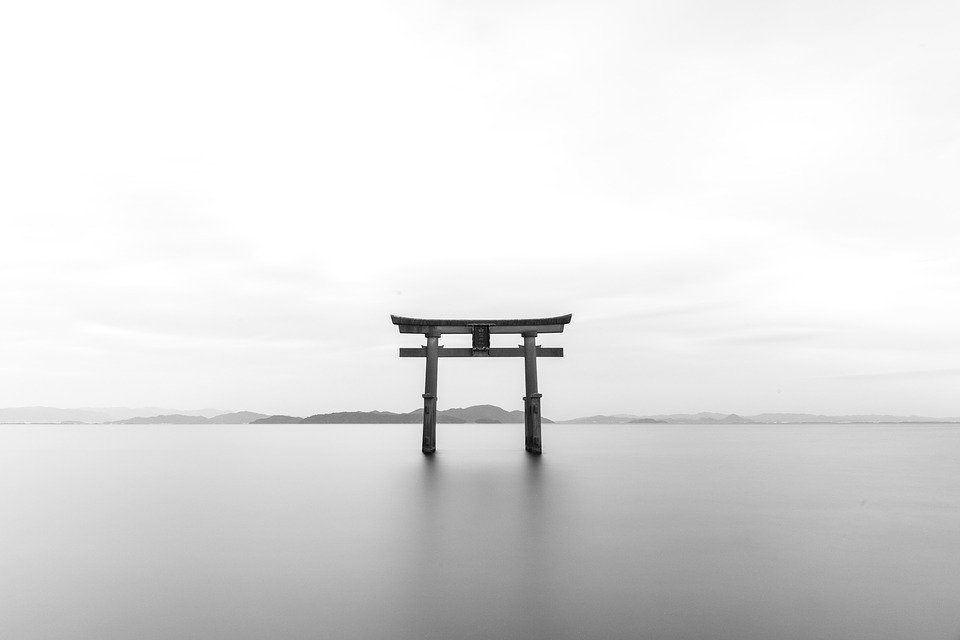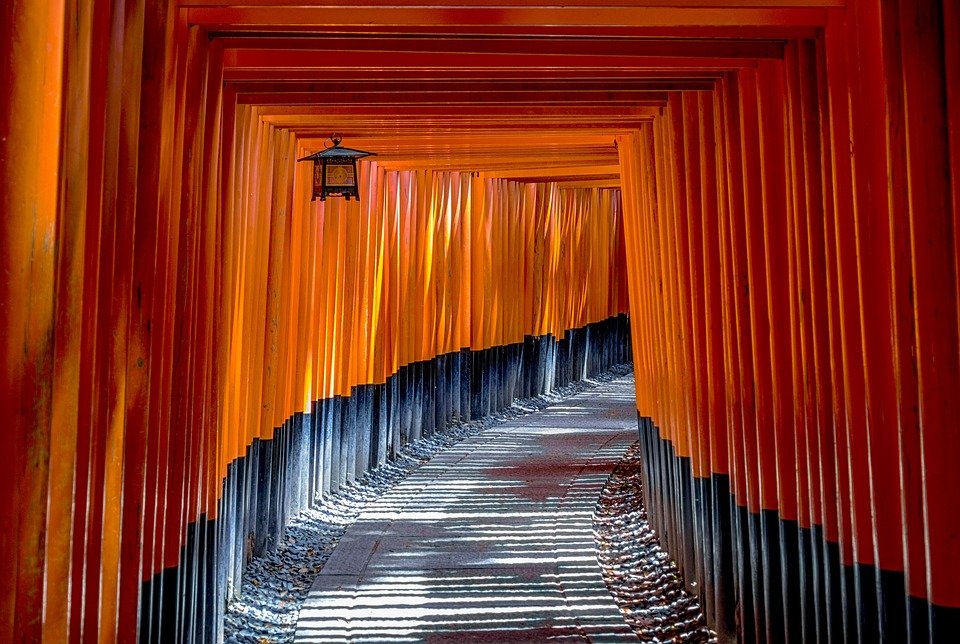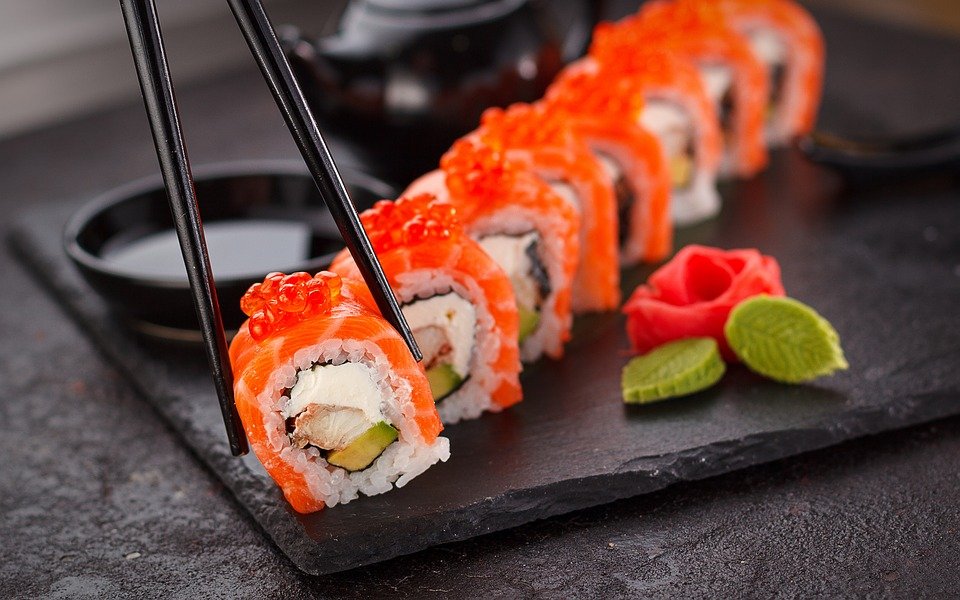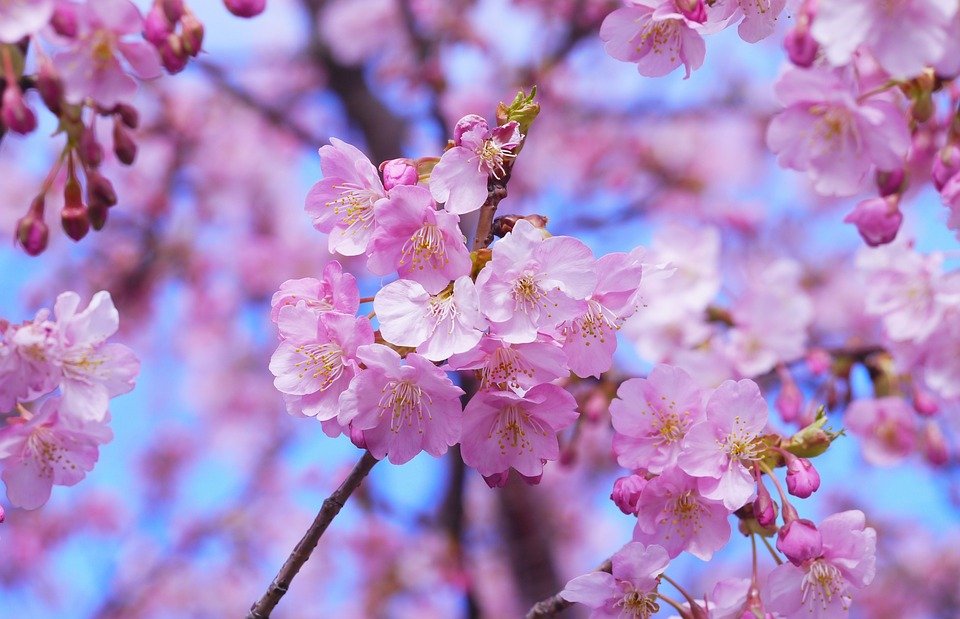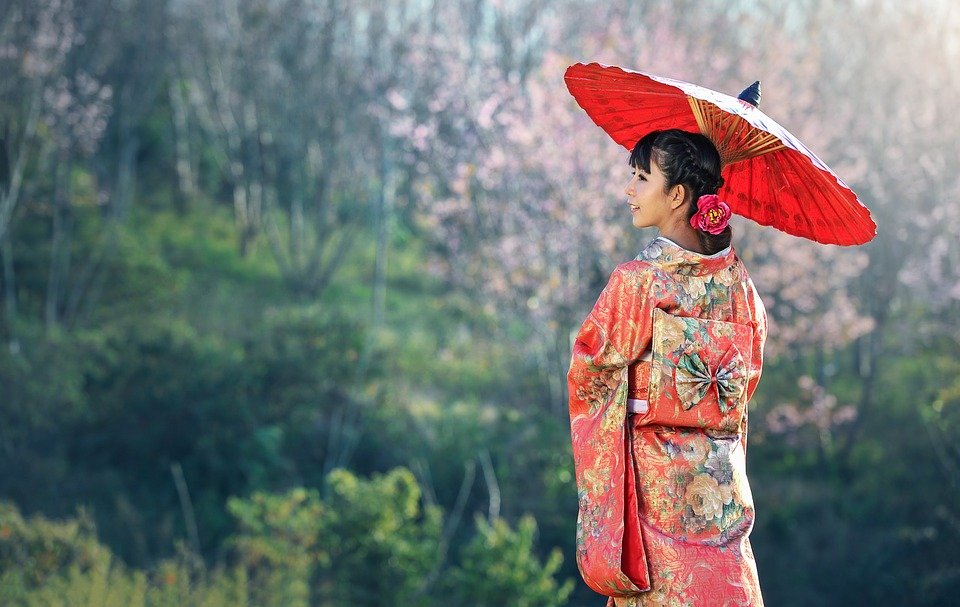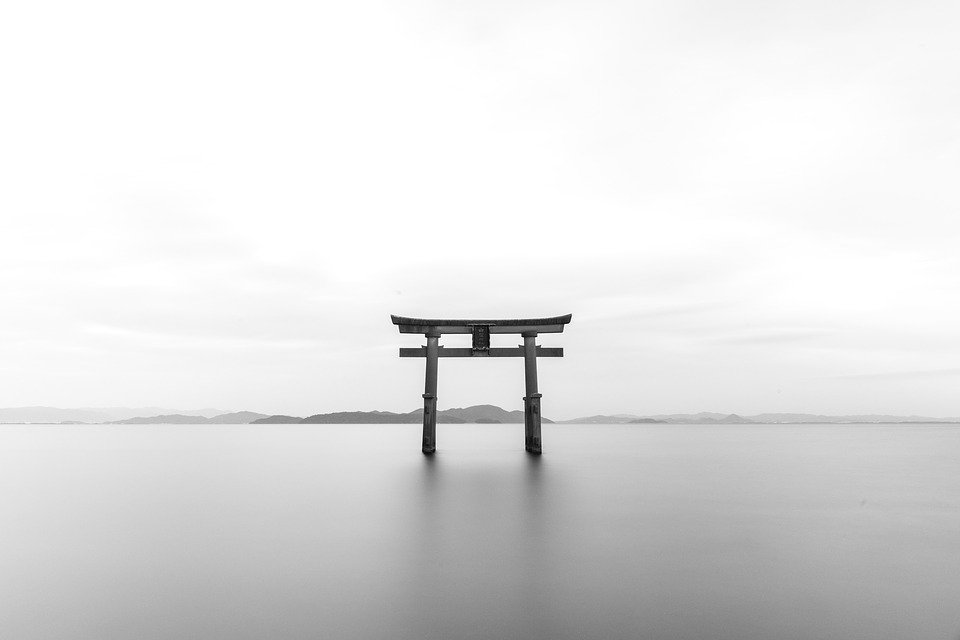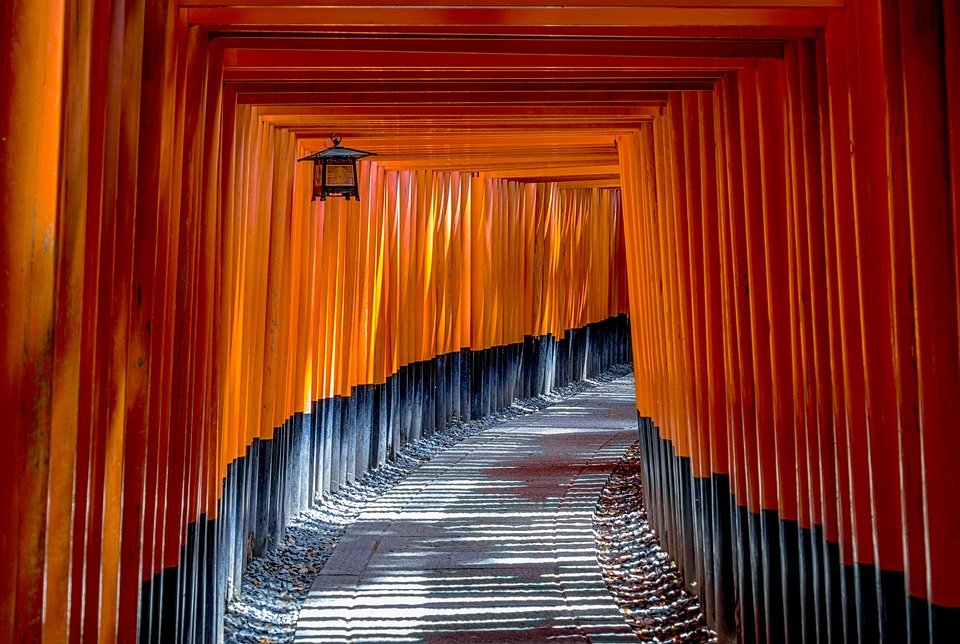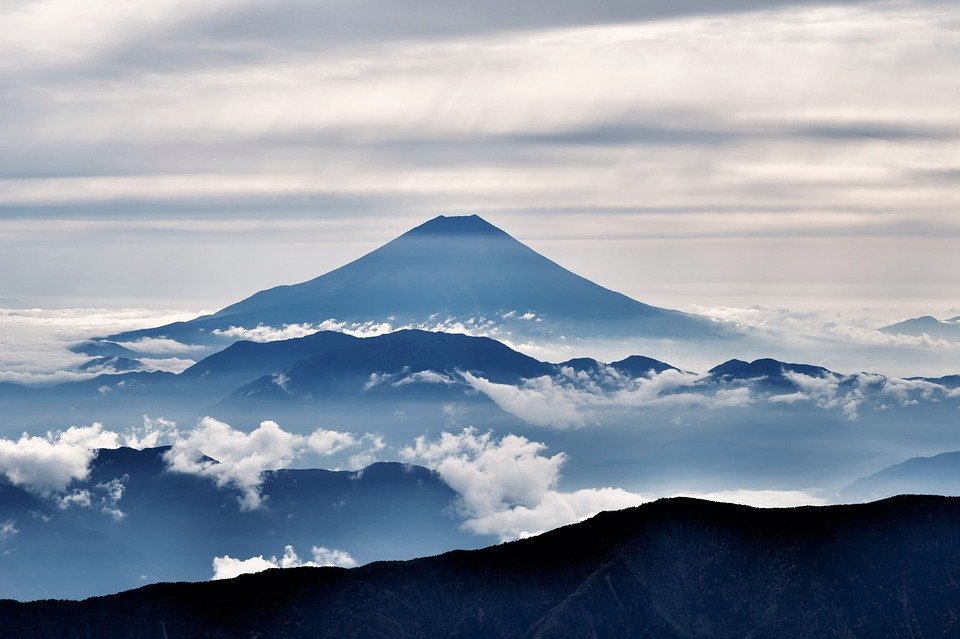What you could eat and drink in this country
Japanese cuisine is truly varied. There are dishes based on vegetables, fish and meat, such as:
the Yakitori, meat skewers, usually chicken, grilled;
Takoyaki, octopus and batter-based meatballs, with the addition of pieces of tempura, ginger and onion;
Soba, some particular buckwheat noodles that can be found combined with any type of seasoning, from meat to seaweed to broth;
of course Sushi, which we all know, but in Japan it’sreally different. We suggest you to eat it at the market;
a very particular dish is Okonomiyaki, a kind of omelette made from a cabbage leaf kneaded with eggs and flour, cooked on the griddle, used to wrap whatever you want and served with mayonnaise and a sweet and sour sauce called okonymsyaki;
you can’t miss Fugu, or puffer fish. Eat it only if you are absolutely sure that whoever prepared it knew what it was doing, because if treated in the wrong way it releases a potentially deadly toxin;
Accompany these dishes with tea and sake.


